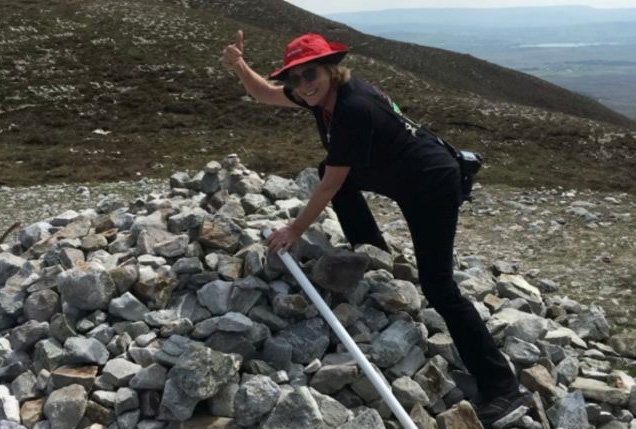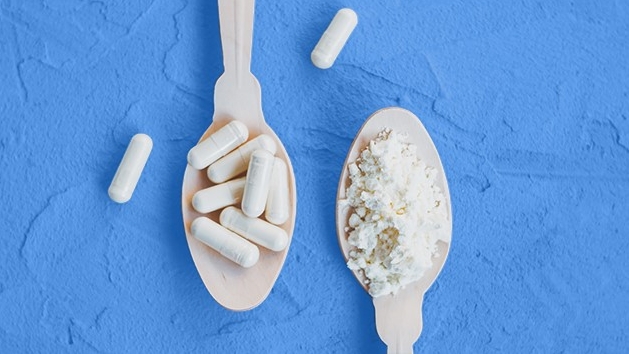- Diseases
- Acoustic Neuroma (14)
- Adrenal Gland Tumor (24)
- Anal Cancer (66)
- Anemia (2)
- Appendix Cancer (16)
- Bile Duct Cancer (28)
- Bladder Cancer (68)
- Brain Metastases (28)
- Brain Tumor (228)
- Breast Cancer (716)
- Breast Implant-Associated Anaplastic Large Cell Lymphoma (2)
- Cancer of Unknown Primary (4)
- Carcinoid Tumor (8)
- Cervical Cancer (154)
- Colon Cancer (164)
- Colorectal Cancer (110)
- Endocrine Tumor (4)
- Esophageal Cancer (42)
- Eye Cancer (36)
- Fallopian Tube Cancer (6)
- Germ Cell Tumor (4)
- Gestational Trophoblastic Disease (2)
- Head and Neck Cancer (6)
- Kidney Cancer (124)
- Leukemia (344)
- Liver Cancer (50)
- Lung Cancer (288)
- Lymphoma (284)
- Mesothelioma (14)
- Metastasis (30)
- Multiple Myeloma (98)
- Myelodysplastic Syndrome (60)
- Myeloproliferative Neoplasm (4)
- Neuroendocrine Tumors (16)
- Oral Cancer (100)
- Ovarian Cancer (170)
- Pancreatic Cancer (166)
- Parathyroid Disease (2)
- Penile Cancer (14)
- Pituitary Tumor (6)
- Prostate Cancer (144)
- Rectal Cancer (58)
- Renal Medullary Carcinoma (6)
- Salivary Gland Cancer (14)
- Sarcoma (236)
- Skin Cancer (294)
- Skull Base Tumors (56)
- Spinal Tumor (12)
- Stomach Cancer (60)
- Testicular Cancer (28)
- Throat Cancer (90)
- Thymoma (6)
- Thyroid Cancer (98)
- Tonsil Cancer (30)
- Uterine Cancer (78)
- Vaginal Cancer (14)
- Vulvar Cancer (18)
- Cancer Topic
- Adolescent and Young Adult Cancer Issues (20)
- Advance Care Planning (10)
- Biostatistics (2)
- Blood Donation (18)
- Bone Health (8)
- COVID-19 (362)
- Cancer Recurrence (120)
- Childhood Cancer Issues (120)
- Clinical Trials (624)
- Complementary Integrative Medicine (24)
- Cytogenetics (2)
- DNA Methylation (4)
- Diagnosis (230)
- Epigenetics (6)
- Fertility (62)
- Follow-up Guidelines (2)
- Health Disparities (14)
- Hereditary Cancer Syndromes (122)
- Immunology (18)
- Li-Fraumeni Syndrome (8)
- Mental Health (118)
- Molecular Diagnostics (8)
- Pain Management (62)
- Palliative Care (8)
- Pathology (10)
- Physical Therapy (18)
- Pregnancy (18)
- Prevention (892)
- Research (390)
- Second Opinion (74)
- Sexuality (16)
- Side Effects (602)
- Sleep Disorders (10)
- Stem Cell Transplantation Cellular Therapy (216)
- Support (404)
- Survivorship (322)
- Symptoms (184)
- Treatment (1770)
Breast reconstruction is body image miracle for U.S. Army Major
3 minute read | Published December 12, 2016
Medically Reviewed | Last reviewed by an MD Anderson Cancer Center medical professional on December 12, 2016
Sarah Rykowski is a chief prosecutor in the U.S. Army. In 2013, while stationed in Seoul, South Korea, she discovered a lump close to her armpit during a breast self-exam.
As the daughter of a registered nurse, Sarah knew she should see a doctor at her next post in Oklahoma. There, a mammogram and biopsy revealed early-stage invasive ductal carcinoma, a form of breast cancer. It begins in the milk ducts and can spread through the duct walls and into surrounding breast tissue.
“I called my mom and Godmother, and cried,” says Sarah, who’s now 34. “I just remember my Godmother telling me, ‘You’ll be fine. You’re going to get a beautiful wig.’”
Body image a major shift
Nine days after her diagnosis, Sarah had a mastectomy of her right breast, followed by chemotherapy. But, she did not immediately have breast reconstruction.
“My body changed, and I hated it,” she says. For women in the U.S. Army, dress uniforms are contoured to their body and bras are tailored for their uniforms because military medals and ribbons have to be a certain height and distance from uniform buttons.
“I was up for promotion to Major when I was diagnosed,” Sarah explains. “And for promotions, you have to take a photograph.” Sarah scheduled her photograph for the day before her mastectomy.
“As a woman, this photograph was all about how I looked,” Sarah says. “And the photo was perfect.”
So after her mastectomy in Oklahoma, Sarah was ready for her body to be “put back together.”
A breast reconstruction marvel
Sarah was referred to Charles Butler, M.D., chair of Plastic Surgery, for breast reconstruction. “Luckily, my mom works with a doctor whose husband is a plastic surgeon and he recommended Dr. Butler,” Sarah says. Butler performed four surgeries over 18 months to reconstruct a right breast and nipple to match her left breast.
“Dr. Butler did not have much to work with,” Sarah says. “And he was honest about that, which I appreciated.”
She recalls being wheeled into the operating room and seeing about 60 shoeboxes of implants. Sarah laughed, but was confident Butler would find her match.
“Dr. Butler worked a miracle and gave me the best possible outcome, so I could feel good about my body,” Sarah says.
Care team goes beyond physical repair
Sarah is a Michigan native who enjoys an active lifestyle. And being part of the U.S. Army for the past 10 years made maintaining that lifestyle easy.
So when Sarah was told to limit her physical activity during breast reconstruction, she was frustrated.
“I wanted to do push-ups, I wanted to sweat to lose the extra weight the medications caused and most of all, I wanted to ride my horse,” Sarah says. She has a 22-year-old thoroughbred horse named Pete.
Butler and his care team noticed her discontent and took action. “They gave me the time and attention I needed, and showed me that I was someone they cared about,” Sarah says. “Every visit felt like I was visiting friends, not my doctor.”
Sarah believes she came to the best place possible to be put back together. “I feel as much of a normal person as I ever could,” she says. For her, this means riding her thoroughbred, exercising and continuing her military service cancer-free.
Request an appointment at MD Anderson online or by calling 1-866-961-1494.
Related Cancerwise Stories

Every visit felt like I was visiting friends, not my doctor.
Sarah Rykowski
Survivor





